Spark Plasma Extrusion
- Alberto Ricciulli

- 28 set 2020
- Tempo di lettura: 3 min
Aggiornamento: 10 feb 2021
Metallic powders are sintered and extruded through Joule heating and a compression testing machine.
In spring 2019 UTRS hired the Advanced Material Processing Lab to perform Spark Plasma Extrusion (SPE) on Titanium metallic powders. My supervisor, Dr. Khaled Morsi chose me to take care of the project and coordinate other students. SPE is an experimental procedure and the Advanced Materials Processing Lab is one of the only, if not the only lab, to perform it.
Spark Plasma Extrusion (SPE) is a phase transformation process which sees simultaneous sintering of powders and extrusion of the given material. SPE has been developed as an implementation of Spark Plasma Sintering (SPS). In SPS, metallic or ceramics powders are sintered under both the passage of current and, simultaneously, an applied pressure. The advantages of SPS include significantly shorter processing times, faster phase transformation kinetics, and lower sintering temperatures. In nearly all cases these advantages result in fewer formations of unwanted products during reactions [1], [2]. As SPS still represents a hot field in research, SPE has major implications; these include grain refined microstructures, densification, reduced flow stress in the reacted material, and the ability to produce more powder based extended geometries [2].
Apparatus
SPE was performed using a rig previously designed in the Advanced Material Processing Lab (AMPL) shown in FIGURE 1. This design allows not only for SPE but conventional extrusion as well, or a combination of the two. The structural parts of the rig, as well as the extrusion dies, were all made of H13 steel to withstand operations under high stresses while heated at elevated temperatures. A gas inlet allows for extrusion in different environmental conditions. Ram components were used to transmit high loads and elevated temperature. As such, they were made of WC-Co as it exhibits high compressive strengths at elevated temperatures with low electrical resistivity [2].

Figure 1. SPE Apparatus
The rig was connected to two TDK Lambda power supplies capable of providing a current of 1000A at an applied voltage of 8V. The power supplies were connected in parallel to supply an output current of 2000A at 8V [3].

Figure 2. Power supplies schematic for parallel operations
The rig is then placed on a universal testing machine used to apply an extrusion speed of approximately 10mm s^-1. Finally, the temperature was measured through a K-type thermocouple placed at the bottom of the specimens.
Within the setup described above, the extrusion dies had to be redesigned and substituted due to different extrusion diameter requirements with respect to the previous project. Moreover, the insulation components had to be rebuilt because of breakage from precedent extrusions as well as Tungsten Carbon Cobalt (WC-Co) rams. The WC-Co (6%Co) were purchased from EXTRAMET.
Due to an NDA agreement with our employer the precise nature and geometry of powder billets will not be revealed.
Extrusion procedure:
Billets were placed inside the rig and preloaded through the compression testing machine. Argon was then pumped inside the SPE rig in order to perform all extrusions in an inert environment. A ramping current was applied at an increasing rate of roughly 100A every 5 seconds while the Voltage was kept constant at 8V. Extrusion was initiated when the thermocouple reading showed a temperature of 1300°C or an output current of 1800A was reached from the power supplies. All specimens are extruded 50% of their height. Current was then shut off and the material allowed to cool off.
References
[1] K. Morsi, “The diversity of combustion synthesis processing: A review,” J. Mater. Sci., vol. 47, no. 1, pp. 68–92, 2012.
[2] K. Morsi, A. El-Desouky, B. Johnson, A. Mar, and S. Lanka, “Spark plasma extrusion (SPE): Prospects and potential,” Scr. Mater., vol. 61, no. 4, pp. 395–398, 2009.
[3] A. P. Operation, “TM Genesys,” pp. 0–15.




Commenti